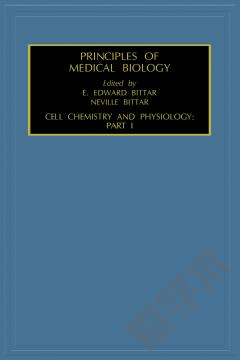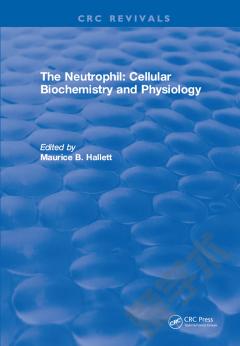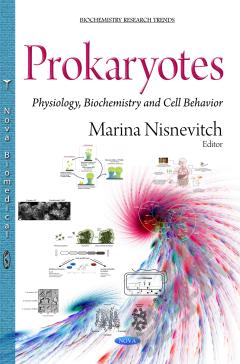Cell Chemistry and Physiology: Part II
This volume illustrates the extent to which the traditional distinction between biochemical and physiological processes is being obliterated by molecular biology. It can hardly be doubted that the revolution in cell and molecular biology is leading to core knowledge that provides an outline of the integrative and reductionist approach. We view this as the beginning of a new era, that of the integration of learning.As in the preceding volumes, the choice of topics has been deliberate not only because of the need to keep the volume within reasonable bounds but also because of the need to avoid information over-load. Several relevant topics are dealt with in other modules; for example, the role of G proteins in transmembrane signalling is covered in the Membranes and Cell Signalling module (i.e., Volume 7). Omissions are of course inevitable but they are minor. A case in point is the subject of phosphatases, the treatment of which does not take into account calcineurin. One of the key functions of this Ca2+ -activated protein phosphatase that is also regulated by calmodulin is to desphosphorylate voltage-dependent Ca2+ channels. The mere recognition of such omissions before or after consulting textbooks and journals should be a spur to a more complete discussion by the student of the subject in a small group teaching setting.
{{comment.content}}








 京公网安备 11010802027623号
京公网安备 11010802027623号